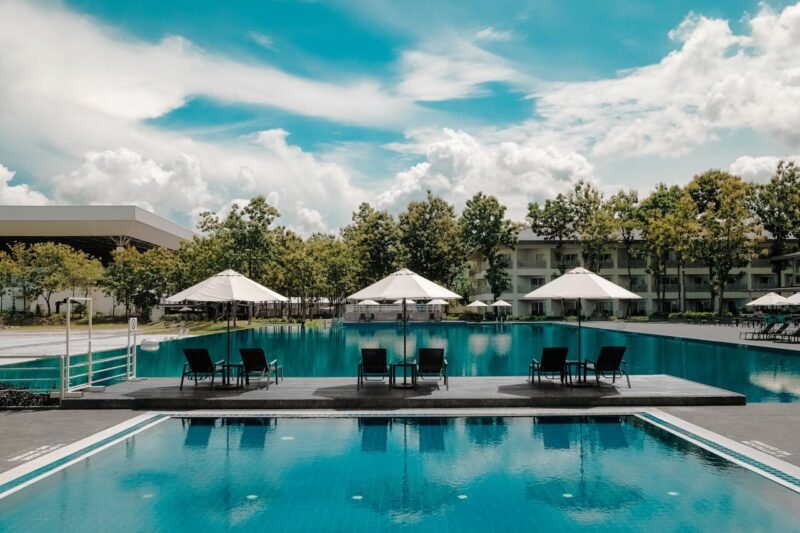Machine Translation or ‘MT’ has gained something of a bad press, mostly brought about by the various free online options that have appeared in recent times on the web. And if you read our blog often enough, you’ll know that we advise companies to be cautious when opting for MT solutions – particularly the free ones. While the better free solutions, such as Google Translate can produce reasonable results in selected languages and in content with more ‘controlled English’, some content types and languages simply don’t lend themselves well to MT under any circumstance.
However, it’s important to make a distinction between these free catchall online technologies and the more recent customized enterprise machine translation solutions, whereby industry specific/ content specific strategies are implemented, and MT engines are ‘trained’ with large quantities of language data and/ or language rules.
The benefits of enterprise level machine translation solutions
Today, businesses use machine translation for a range of purposes, including translating online help, knowledge bases, data collection, customer services, lead generation, internal communications, and other lower tier content that might never have been considered in the past.
Under the right conditions and processes, with a limited level of human input, MT can now deliver quality almost akin to that of human translators. Brands can significantly boost their translation productivity and scalability. Tens of thousands of words per day can be rendered into different languages and then post-edited (improved) by human editors, rather than just a few thousand per day, meaning content that would previously have to be overlooked due to time constraints and budget limitations can now be considered.
Machine Translation in travel, tourism and hospitality
How does this affect the travel sector? The travel industry throws up an array of hurdles from a translation point of view, but scalability is by far the number one challenge. Just think Booking.com with their 540,000 hotel inventory. Assuming an average of 100 words/ hotel review, this makes for an eye watering 54 million words of content – too much for a human translation team to deliver in a commercially viable timeframe.
It’s not enough to simply offer services in English and hope people with limited English proficiency from all over the globe will book holidays or buy excursions from your booking site. According to previous research from Common Sense Advisory (‘Can’t read Won’t buy’), 88 percent of people would be more likely to make a purchase if the related information is in their own language, while 56 per cent highlighted this as even more important than price. Being able to read content such as online hotel descriptions in a person’s native tongue not only boosts engagement; in combination with keyword strategies, it leads to improved search engine rankings that will help companies capture even more local traffic and as a knock-on result, sales.
By using machine translation services, it enables travel companies to unlock new markets and scale up for trading around the world regardless of the size of their inventory, number of hotel reviews (user generated content), or the frequency of their social media posting.
For instance, 77% of travelers read travel reviews and 81% of travelers consider reviews by fellow travelers to be an important consideration when making a booking decision. Unlike 5 years ago, travel companies taking advantage of the latest in MT technology solutions can now translate them all.
Won’t quality slip? Shouldn’t all my content be A grade?
No. Not all content requires the same level of quality. Marketing brochures, in-flight entertainment (such as magazines), hotel descriptions, user generated reviews, social media posts, customer emails, internal communications – all generally have different user experience expectations.
For this reason, MT solutions go hand in hand with human post-editing solutions. Depending on the desired quality expectation, overcoming issues like poor grammar and terminology choices is possible by combining the services of human post-editors. This can be done at varying levels. Opting for a ‘light’ MT post-editing solution will bring the content to a satisfactory level for understanding meaning but without the polishing of a human translation solution, which may be perfect for for social media posts, and user created hotel reviews, whereas ‘full’ MT post-editing can bring the level of the translation to a quality level that is often indistinguishable from that of a human translation. While it may lack the style required for a marketing brochure or inflight magazine, ‘full’ MT post-editing is ideal for hotel descriptions, destination descriptions and such like.
The EQHO difference
Here at EQHO, we appreciate that it’s vital for travel industry insiders to be able to communicate internationally across a variety of media channels and to cater to the needs of travelers at every point in the buyer journey. We offer cutting-edge translation technology and in-country linguists who can cover more than 50 languages – specializing in south Asian dialects. EQHO specializes in localizing hotel websites, ecommerce, travel apps, video, travel reviews and much more, so give us a call or email us today to find out what we could do for you.



